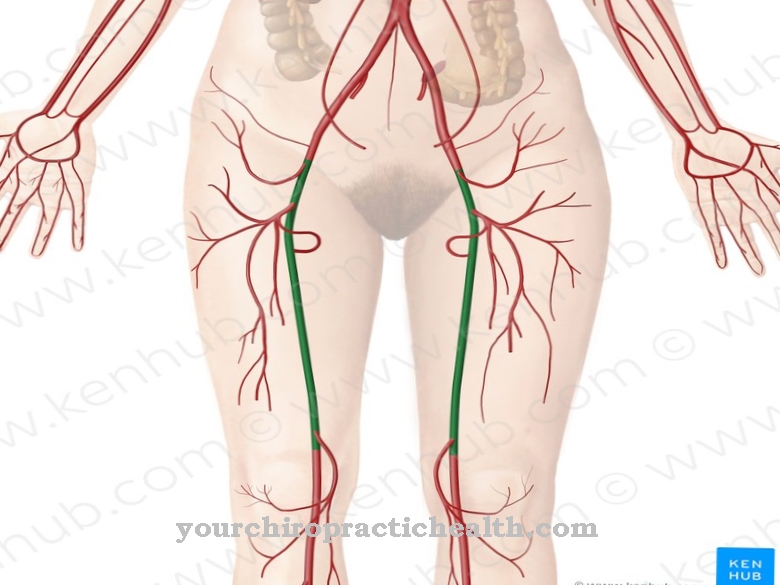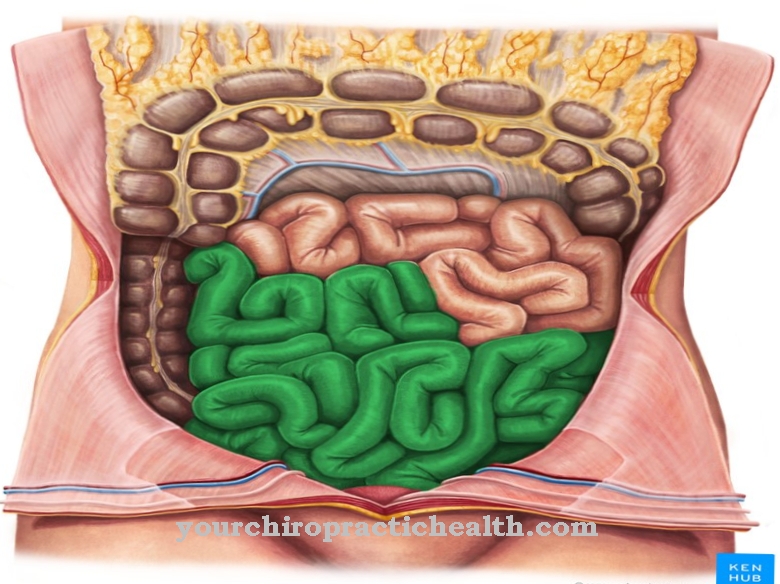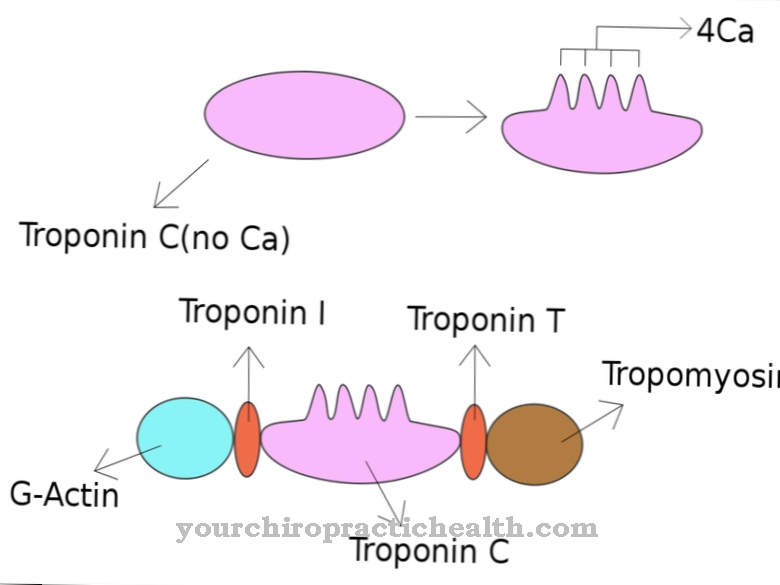The Crura cerebri make up the two Cerebral legs and represent part of the midbrain. They contain fibers of the internal capsule, through which nerve tracts from different brain areas run mainly to the bridge (pons). Damage to these nerve fibers can occur during a stroke, for example, and lead to characteristic symptoms such as hemiplegia.
What is the cerebral crura?
The cerebral crura or cerebral limbs form part of the midbrain, where they lie at the base of the anterior region. The substantia nigra borders on the crura cerebri, which is a core area in the midbrain dome and is black in color because of its melanin and iron content.
The demarcation between the crura cerebri and other bilateral brain structures, the pedunculi cerebri, is not clear.Experts use it to refer to either only the cerebral legs or the cerebral stalks, to which the cerebral legs and the midbrain hood (tegmentum mesencephali) are combined. Between the cerebral peduncles is the interpeduncular fossa, which is a pit. It lies in the middle and thereby separates the pedunculi cerebri and thus also the crura cerebri from one another.
Further furrows separate them from the rest of the surrounding tissue. In addition to the crus cerebri and the midbrain hood (tegmentum mesencephali), the roof of the midbrain (tectum mesencephali) belongs to the midbrain in each hemisphere.
Anatomy & structure
The oculomotor nerve emerges at the interpeduncular fossa and lies between the two cranial legs. This nerve path forms the III. Cranial nerve and is responsible for various eye movements.
In addition, nerve fibers belonging to the internal capsule run through the crura cerebri and transport information from other brain areas towards the brain stem. The physiology differentiates between five different fibers (fibers) in the crura cerebri. The Arnold bundles or Fibrae frontopontinae run from the frontal lobe over the capsula interna and the crura cerebri to the bridge (pons); the corticonuclear fibers convey information from the motor cortex via the internal capsule to the brain stem.
In the internal capsule, the pyramidal tract forms the corticospinal fibers, which also transmit motor commands - they are also known as the pyramidal tract. The internal capsule in the cerebral thighs also includes the Türck bundles (Fibrae temporopontinae), which extend from the temporal lobe over the Crura cerebri to the bridge, as well as the Fibrae parietopontinae.
Function & tasks
The task of the crura cerebri is primarily linked to the nerve tracts that go through it. Each crus cerebri mainly transmits motor nerve signals via its various fibers, which trigger voluntary movements. The command for muscle contraction arises in one of the motor control centers of the brain; most of them are located in the motor cortex in the cerebrum.
When a neural signal arises, it spreads as an action potential over the nerve fibers of the neurons. The nerve fibers are thread-like extensions of cells. On the natural data paths, the signals cross the cerebrum and midbrain, which also includes the cerebral crura. From there they go into the adjacent pons, which lies between the midbrain and the elongated medulla (medulla oblongata). However, in order for the action potential to trigger a reaction in the muscles, it must be transported further via the spinal cord.
The spinal nerves branch off from the spinal cord and thus form the transition to the peripheral nervous system. Finally, the motor signal reaches its destination via other nerves that run through the whole body: At a motor end plate, the nerve fiber stimulates the innervated muscle and causes it to shorten (contract) or relax. The result is a conscious movement.
Diseases
Damage to the nerve tracts that run through the cerebral crura can be traced back to a stroke, for example. The ischemic stroke is characterized by a circulatory disorder that leads to an insufficient supply of the affected areas of the brain. A thrombus or embolism, for example, is responsible for this.
In both cases, a clot initially forms within a blood vessel in the human body. This so-called thrombus can eventually narrow the blood vessel so that it is completely occluded. However, it can also loosen and travel with the bloodstream until it gets stuck in a constriction. In this case, medicine speaks of an embolism. If the brain is affected, a stroke occurs. Depending on which areas of the brain are affected, different symptoms can arise.
Typical symptoms include paralysis on one side (hemiparesis) or paralysis of only one arm or leg, speech and swallowing disorders, impaired consciousness, nausea, vomiting, dizziness, disorders of the Babinski reflexes, amnesia, various cognitive or neuropsychological abnormalities, hemisphere blindness ( Hemianopia) and numerous other manifestations. Doctors usually use computed tomography (CT) imaging to create an image of the brain to confirm the stroke and determine which areas of the brain are affected.
First measures are taken as quickly as possible in order to limit the death of further nerve cells. About 60% of all stroke patients survive a stroke and the following year. In the medium and long term, treatment after a stroke includes extensive therapies, which often not only include pharmacological and other medical measures, but also neuropsychological, physiotherapeutic, logopedic, occupational therapy and other means.
The risk factors that can contribute to the development of a stroke include male gender, older age, high blood pressure, smoking, lipid metabolism disorders, sedentary lifestyle, diabetes (diabetes mellitus), cardiac arrhythmias and genetic predisposition.













.jpg)

.jpg)
.jpg)











.jpg)